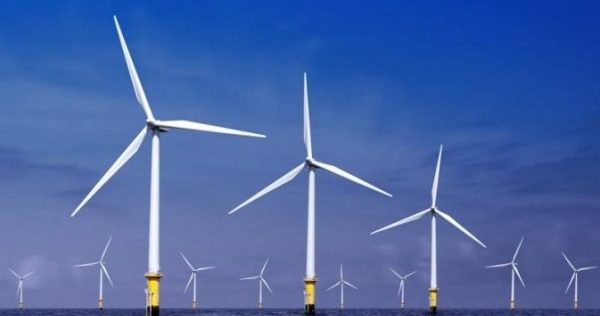In recent years, researchers argue that the rate of generated power is between 1.5 W m−2 within large wind farms. A study by PNAS shows that considerably higher power generation rates may be sustainable over some open ocean areas.
PNAS mentions that wind turbines continuously remove kinetic energy from the lower troposphere, thereby reducing the wind speed near hub height.
As a result, the rate of electricity generation in large wind farms is constrained by the rate of kinetic energy replenishment from the atmosphere above.
Particularly, the North Atlantic is considered a region in which the downward transport of kinetic energy may sustain extraction rates of 6 W m−2 and above over large areas in the annual mean.

Furthermore, this study’s results show that the surface heat flux from the oceans to the atmosphere may is crucial in creating regions where high rates of downward transport of kinetic energy and high rates of kinetic energy extraction may be possible.
While no commercial-scale deep water wind farms yet exist, PNAS’s results indicate that if that kind of technologies appear, they will have the ability to provide civilization-scale power, PNAS notes.
Furthermore, while this study emphasizes the potential for open ocean wind technologies in the North Atlantic, it also presents the need for additional research regarding:
- The dominant mechanisms of downward KE transport in the region of interest,
- The limits of wind power generation at finer spatial scales,
- The potential climate effects exerted by wind farms given their location, turbine specifications, and size.
Moreover, PNAS says that the extent to which the open ocean potential may be used is dependent by sociopolitical and economic factors as well as technical ingenuity.
Finally, the study states that the wind power in the North Atlantic alone could be sufficient to supply all of Europe’s electricity, while on an annual mean basis, the wind power available in the North Atlantic could be sufficient to power the world.

To read the full report, please click below































































